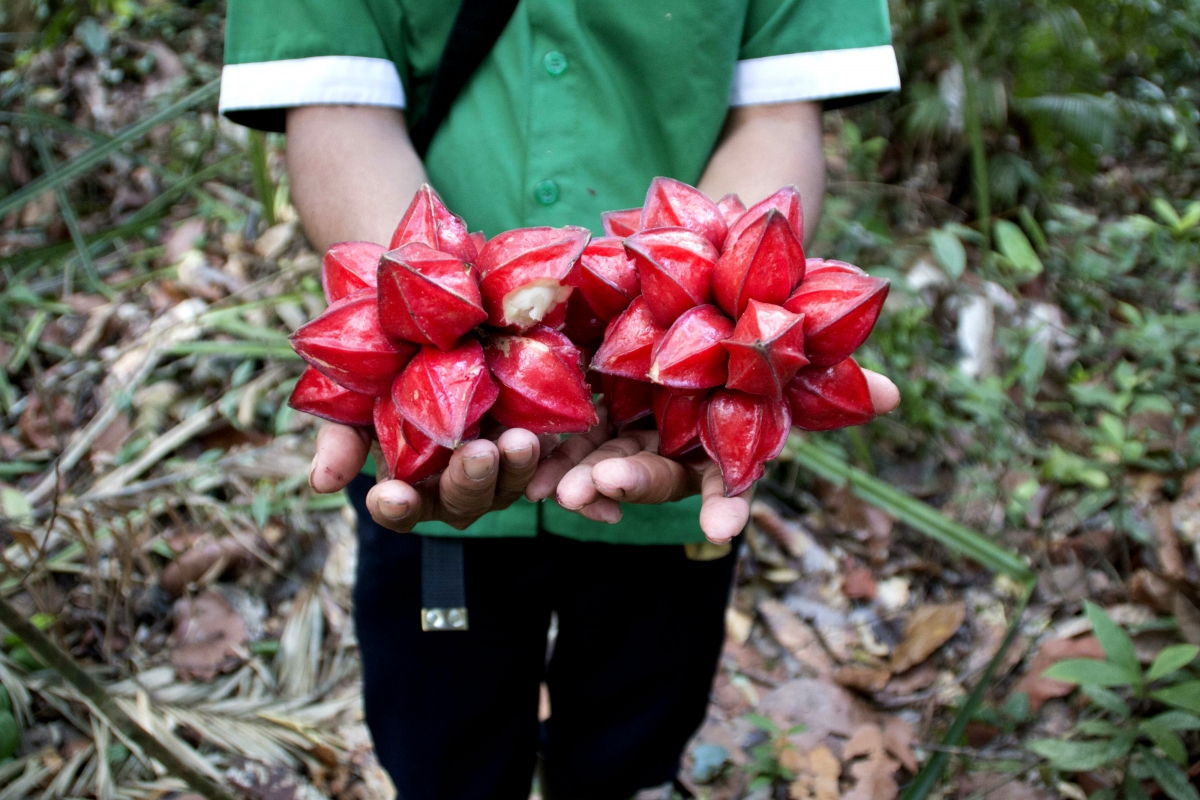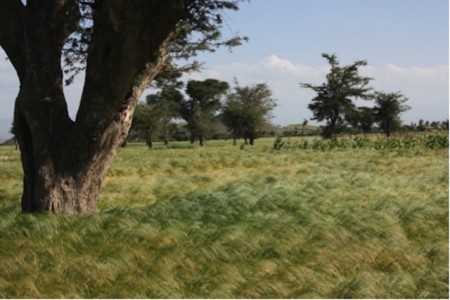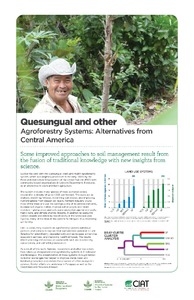
Rethinking "working landscapes"
Are working landscapes best for conservation? For environmentalists, this sounds like sacrilege. But in much of the real world—where little is pristine, and where most so-called “old growth” forest turns out to be secondary recovery from past human activity—it may well be true.
Working landscapes, under active control by the communities that live there, often fare better than those set apart by governments for conservation. This can be especially true in developing countries, where the template of national parks often runs counter to traditional systems of land ownership; and where a “protected” area can too often become a non-man’s land where rapacious exploiters easily gain control.
Take the Amazon basin and its rainforests. Where are the best protected areas? Much of the basin is under some form of state environmental protection, but according to numerous studies, the oases of green are mostly where indigenous communities manage the forest for their own uses. And the difference in outcomes is most marked where the threats from loggers, ranchers and gold miners are greatest.
As Christoph Nolte of the University of Michigan put it after a recent study: “Indigenous lands appeared particularly effective at curbing high deforestation pressure, relative to...strictly protected areas.” Local foragers and gatherers, it seems, beat park wardens any day. For them, protecting the forests is not a job, it is an ancestral duty.
But viewing working landscapes as conservation hot spots can extend far beyond indigenous lands. According to environmental historian Susanna Hecht, speaking at a recent conference in California on “the new countryside” in Latin America, “fifty per cent of the Amazon is under some form of protection, but it is a working landscape, protecting by those who use it; not a model of purity. These places have a long history of forest manipulation.”
The “catastrophist” narrative of people permanently destroying forests is not playing out, she argued. In South America, since the end of the authoritarian era of military governments 30 years ago, there has been an emerging trend of environmental management built around preserving forests specifically for their usefulness. These new management practices seem to be working: Ricardo Grau, landscape ecologist at the National University of Tucuman in Argentina, stated that “We see a clear picture of forest recovery” in several prospering Latin American countries.
Costa Rica provides one clear example. The country had one of the highest deforestation rates in the world in the 1960s and 1970s. But since the 1980s, that has been reversed, as reliance on subsistence agriculture and state-subsidised peasant coffee growing has declined, said David Lansing, geographer at the University of Maryland. Today, Costa Rica has twice as much forest cover as 30 years ago. Here, economic progress is being driven in part by eco-tourists, who believe they are visiting pristine rainforests rather than what is often recent regrowth.
In El Salvador, where nature was once described as having been “extinguished.” forest recovery is also well under way despite rising population, and continuing poverty, says Hecht. “Neither Marx nor Malthus explain what is going on.”
In Guatemala, the role of communities that exploit nature as agents of conservation is clearly seen in the giant Maya Biosphere Reserve. The reserve was created 30 years ago to protect the largest remaining tropical rainforest in Central America. But some areas within the reserve were set aside – against much opposition from American environmentalists – for small-scale community logging. Yet today, it is those areas that have suffered least from deforestation. Whereas area with full national-park protection have succumbed to invasion by cattle ranchers.
As Juan Giron, deputy director of ACOFOP, a group representing the communities, told me: “The forest is an economic asset to the people. Land rights lead us to take better care of these resources.” Rates of forest loss are 20 times greater in the areas with supposedly full protection. Dave Hughell and Rebecca Butterfield of the Rainforest Alliance concluded that, on current trends, 40 per cent of the Maya biosphere reserve will be devoid of forests by 2050, and most of what survives will be in community-run areas.
The same “use it or lose it” lesson holds in Mexico too, where community management of forests goes back to the country’s revolution a century ago, says David Bray from Florida International University. Rural communities there have legal ownership of 60 per cent of the country’s forests, which they log for timber to sell. Yet far from seeing this as a licence to remove the forests, they have by and large protected them to preserve future profits.
Bray found that deforestation rates in regions dominated by community-owned forests were “generally lower than in regions dominated by protected areas.” Most startlingly, in the Yucatan region, the rate of forest loss in community forests was less than 1 per cent that in the local Calakmul biosphere reserve.
Luciana Porter-Bolland of the Institute for Ecology in Veracruz, Mexico, says this is a global phenomenon. In a study of 16 countries that included India, Indonesia, Malaysia and Zimbabwe, besides much of Latin America, she found that state-protected areas were losing their trees on average four times faster than community forests. The nine places she uncovered with the highest rates of deforestation were all in supposedly state-protected areas.
It would be foolish to say all is well with the world’s tropical forests. Deforestation continues apace in many regions. But Hecht says there are clear signs of a transition under way—a world beyond the rampant forest loss of the late 20th century. It’s a complex transition, she says, “but it is not insubstantial.” And it is not, primarily, about nature conservation in the terms understood by environmentalists. It is about rural communities taking charge of their land. It is about working landscapes.
















.pdf_/index.jpg?itok=Q6e55UN4)
